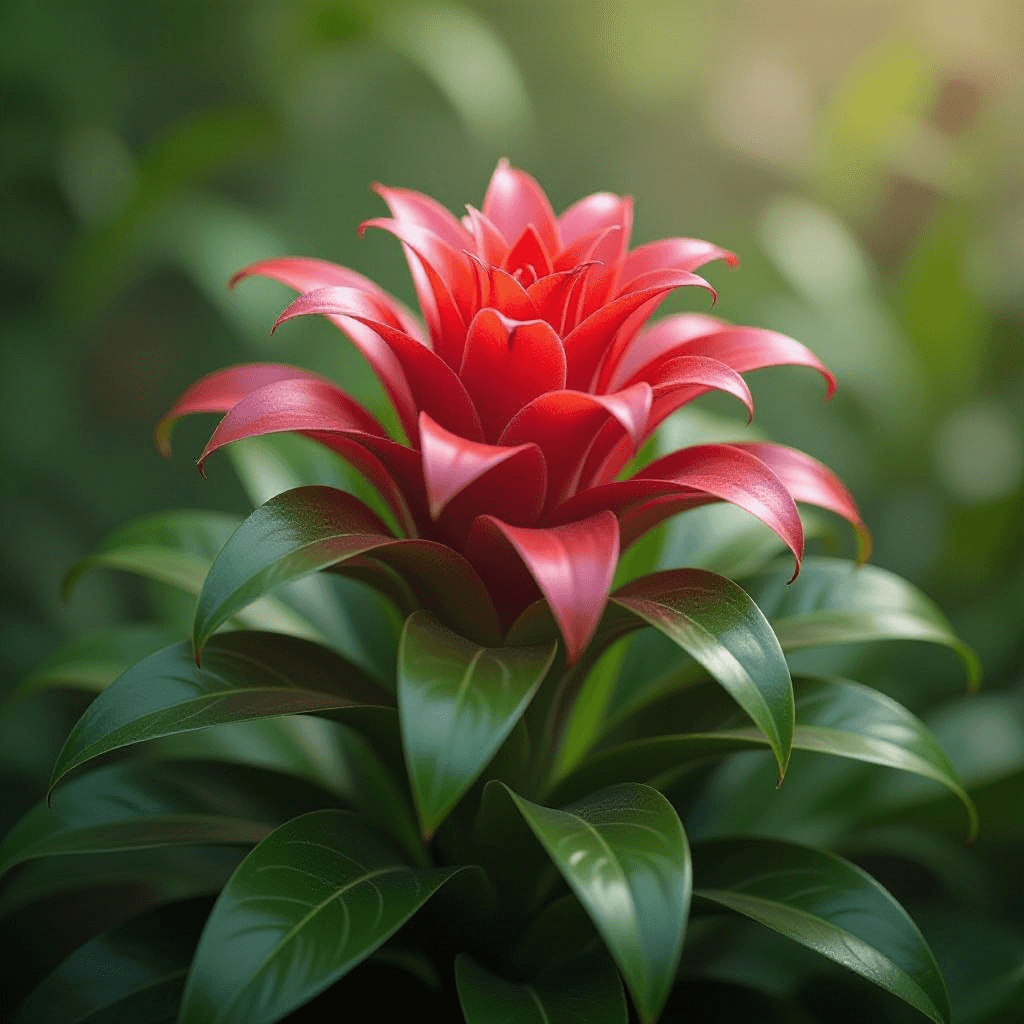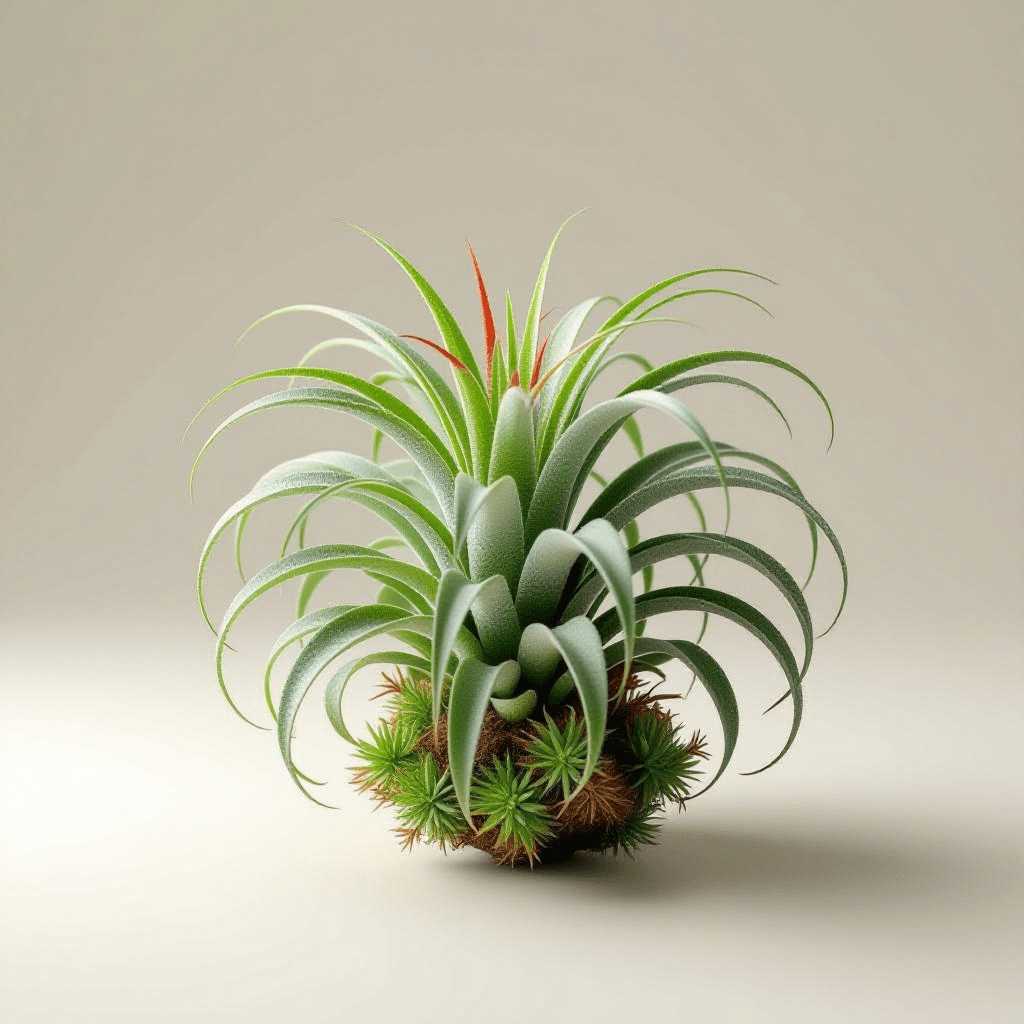Understanding Bromeliads: An Introduction
Bromeliads belong to the family Bromeliaceae, which consists of approximately 3,000 species native to tropical and subtropical regions of the Americas. Their vibrant foliage and unique flowering characteristics have made them increasingly popular in ornamental gardening. One of the most notable aspects is their ability to thrive in diverse environments, from rainforests to arid deserts, which contributes significantly to their adaptability as houseplants.
These plants exhibit a rich diversity, with shapes, colors, and sizes that captivate enthusiasts. The most recognized feature of bromeliads is their rosette shape, comprised of tightly clustered leaves that often display striking patterns and colors. Many species also produce spectacular inflorescences, which can vary dramatically in size and color, making them a favorite choice for gardeners seeking visual appeal.
For successful cultivation, understanding the ideal growing conditions is crucial. Bromeliads generally prefer warm temperatures ranging from 60°F to 85°F and high humidity levels, often thriving in environments that mimic their natural habitats. While many species can adapt to lower humidity, maintaining a consistently moist atmosphere is beneficial for their overall health. Furthermore, these plants usually prefer indirect sunlight—too much direct sun can lead to leaf scorch, while insufficient light may inhibit blooming.
The increasing interest in bromeliads can be attributed to their low-maintenance requirements and resilience. They can grow in a variety of potting mediums, including bark and sphagnum moss, making them suitable for indoor and outdoor displays alike. Additionally, bromeliads can be mounted on surfaces or grown in containers, allowing for creative arrangements and decorative landscaping options. Their versatility, coupled with their visual appeal, continues to elevate their status within the horticultural community.
Watering and Feeding Your Bromeliads
Watering bromeliads is a key component of successful plant care, as it directly influences their overall health and growth. One effective technique for watering these unique plants involves utilizing the central cup or rosette. This rosette collects water naturally in their habitat, so it is advisable to fill it with fresh water every week. Additionally, it is essential to ensure that the water remains clean, as stagnant water can lead to algae buildup, negatively impacting the plant’s health.
Moreover, bromeliads require good drainage to thrive. When watering, it is crucial to allow any excess water to escape freely. If a bromeliad is potted, it should be placed in a container that offers drainage holes to prevent water accumulation at the base. Overwatering can lead to root rot, which poses a significant threat to these plants. Remember to check the soil’s moisture level before watering; it’s best to let the top inch of the substrate dry out before adding more water.
In terms of fertilization, bromeliads benefit from a balanced, water-soluble fertilizer during their active growth period, typically in the spring and summer months. Opt for a fertilizer that has a higher phosphorus content, as it supports blooming and overall vigor. A fertilization schedule of once a month during these months is advisable. However, reduce the frequency to every six to eight weeks in the fall and winter when growth slows.
A common mistake among bromeliad caretakers is over-fertilizing or applying fertilizer directly to the leaves, which can cause burn. Instead, dilute the fertilizer in water before adding it to the rosette or the substrate. Regularly observe your plants for signs of distress, such as discoloration or wilting, which may indicate issues with watering or fertilization. Balanced care ensures your bromeliads flourish beautifully.
Light and Temperature Requirements
Bromeliads are remarkable plants that exhibit adaptability in various lighting conditions, but understanding their specific light and temperature needs is crucial for their optimal growth. Generally, different species of bromeliads thrive under distinct light conditions; thus, it is imperative to recognize the requirements of the particular variety you are nurturing. Most bromeliads prefer bright, indirect light, which mimics their natural habitat of tropical forests where they often grow under the canopy of taller plants. However, a few species can tolerate full sunlight, especially those native to more arid regions. For indoor placement, it is advisable to position bromeliads near east or west-facing windows to ensure they receive adequate light while protecting them from harsh afternoon sun, which can lead to leaf burn.
When considering outdoor placement, be mindful of the seasonal changes. In cooler months, bromeliads may require more sunlight as days shorten, whereas in the summer, providing some shade, especially in the afternoon, can be beneficial. Utilizing sheer curtains indoors or strategically placing outdoor plants under taller foliage can help filter the sunlight effectively. Additionally, maintaining a consistent temperature is vital for the health of bromeliads. Ideally, these plants thrive in temperatures ranging from 65°F to 85°F (18°C to 29°C). Sudden fluctuations, particularly below 50°F (10°C), can impede their growth and damage the foliage.
Seasonal shifts can impact the temperature significantly, so it’s essential to adjust their placement accordingly. For instance, taking indoor bromeliads away from drafts or heating vents will mitigate adverse effects during winter months. Conversely, outdoor bromeliads should be monitored closely to ensure they are not exposed to frost, which can severely harm them. By understanding and implementing the specific light and temperature requirements, you can create an ideal environment that fosters healthy growth and vibrant flowering of bromeliads.
Common Pests and Diseases: Prevention and Treatment
Bromeliads, while generally resilient plants, are susceptible to various pests and diseases that can threaten their health and vitality. Early identification and intervention are essential for effective management. Among the common pests affecting bromeliads are scale insects and mealybugs. Scale insects appear as small, brownish bumps on the leaves and can weaken the plant by sucking sap from it. Mealybugs are characterized by their white, cotton-like appearance and are often found in leaf axils. Both pests can lead to significant damage if left unchecked, resulting in stunted growth and yellowing leaves.
To effectively prevent infestations, regular inspections of the plants are crucial. Inspecting both the undersides of leaves and the leaf axils will help identify potential problems before they escalate. Maintaining good air circulation around the plants can also deter pest infestations. If pests are detected, a natural treatment option includes the application of insecticidal soap, which is effective against soft-bodied insects like mealybugs. For more severe infestations, a systemic pesticide may be necessary, but care should be taken to follow application guidelines closely.
Fungal infections can also pose a significant threat to bromeliads. Symptoms include discoloration of leaves, rot, and overall decline in plant health. Fungal issues often arise from excessive moisture, particularly if the leaves retain water in their cups. Therefore, ensuring proper drainage and avoiding water accumulation is critical. If a fungal infection is suspected, treatment options range from removing affected foliage to using antifungal sprays. Organic fungicides can effectively control the spread while preserving plant health.
In conclusion, vigilance and proactive care are key to preventing pests and diseases in bromeliads. Regular monitoring, proper cultural practices, and timely treatments are essential for sustaining the health and beauty of these unique plants.


